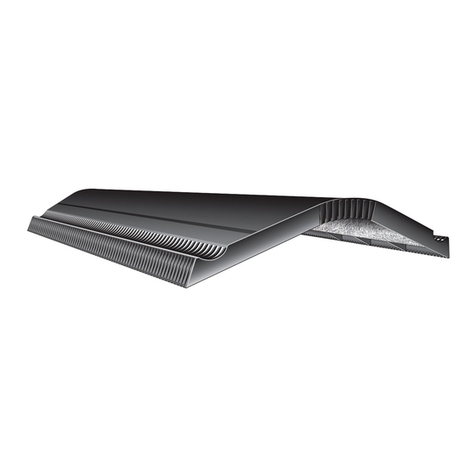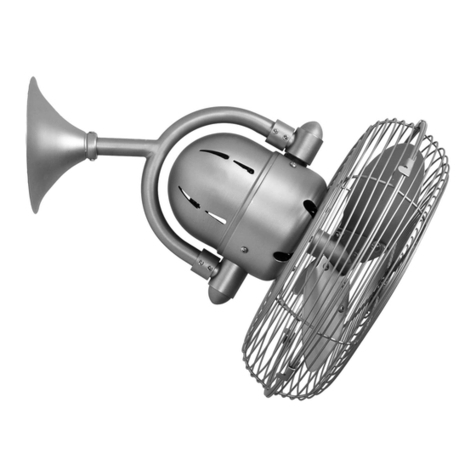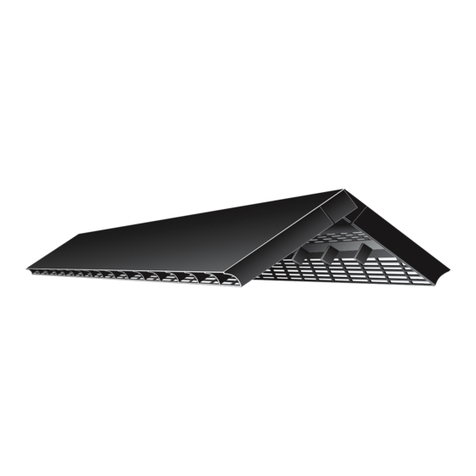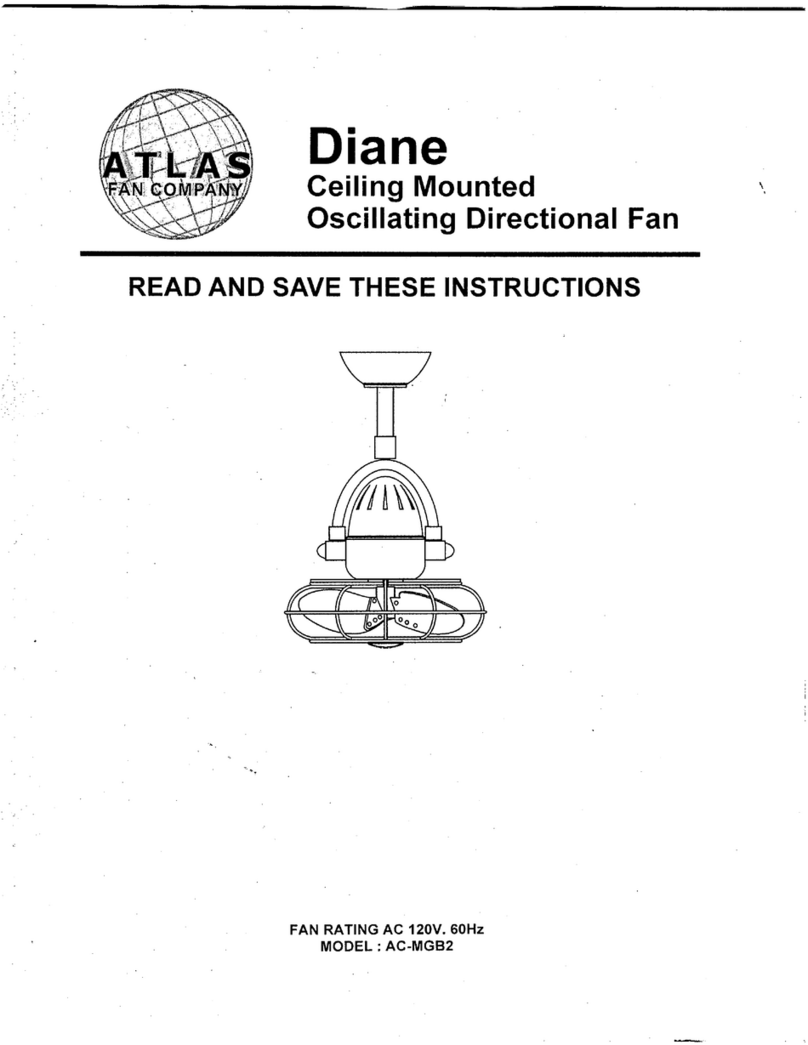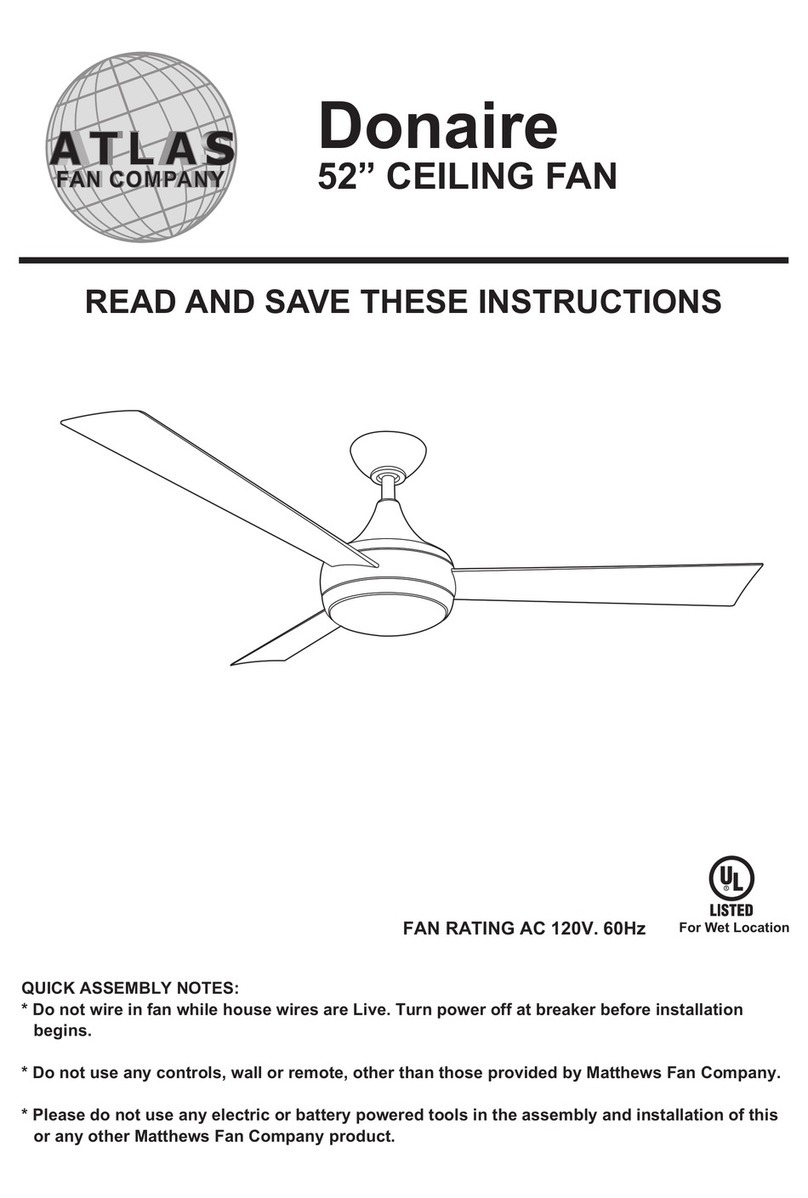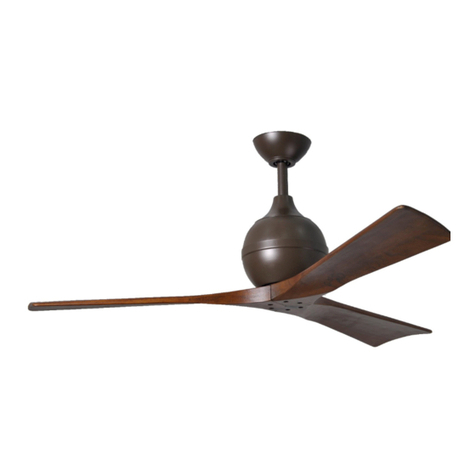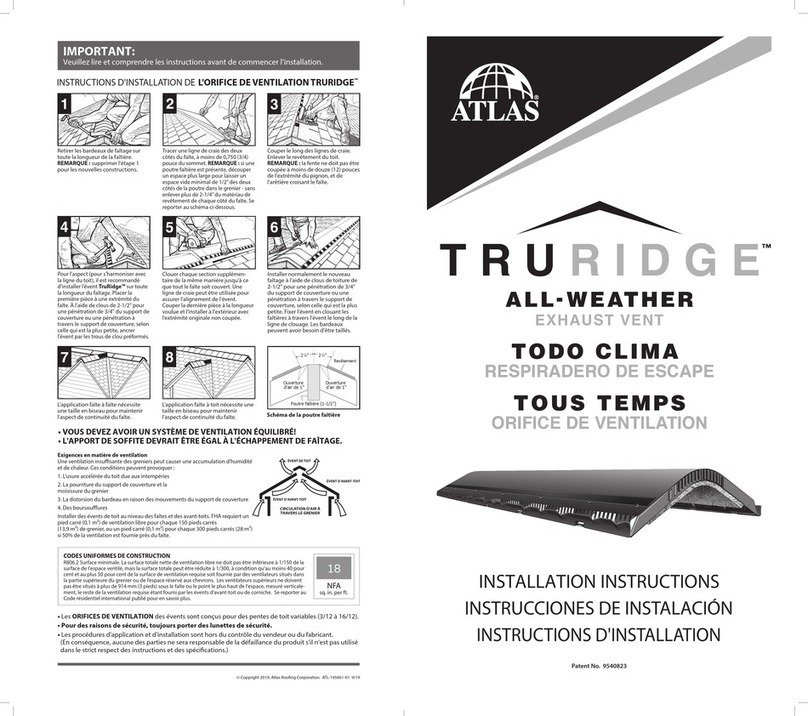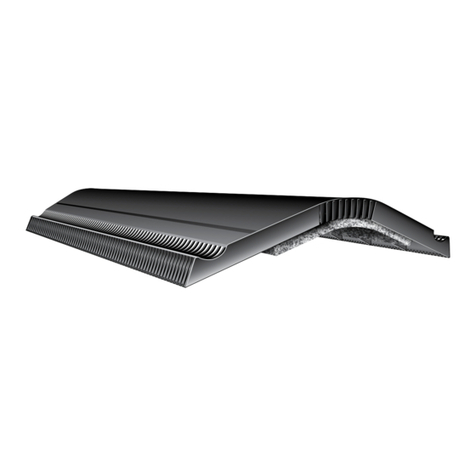EAD AND SAVE THESE SAFETY AND
INSTAllATION INST UCTIONS.
Consult a licensed electrician if unsure of any point below mentioned.
DANGE IW A N ING/CAUTION
. WA NING: TO REDUCE THE RISKS OF FIRE, ELECTRIC SHOCK OR INJURY TO
PERSONS, OBSERVE THE FOllOWING:
A. Use this unit only in the manner intended by the manufacturer. If you have any questions,
contact the manufacturer.
B. Before servicing or cleaning unit, switch power off at service panel and lock the service
disconnecting means to prevent power from being switched on accidentally. When the
service disconnecting means cannot be locked, securely fasten a prominent warning device,
such as a tag, to the service panel.
C. Installation work and electrical wiring must be done by qualified persons in accordance with
all applicable codes and standards including fire-related construction.
D. When cutting or drilling into wall or ceiling, do not damage electrical wiring and other hidden
utilities.
2. High voltage and moving parts around motors and motor driven equipment can cause
serious or fatal injuries. Always disconnect power source at main switch before wiring,
servicing or cleaning unit. Do not rely on fan control device to prevent unexpected start-up
or electrical shock. In addition, power supply must have fuses or circuit breakers for short
circuit protection.
3. All electrical wiring must be performed by qualified persons in accordance and conform
withal applicable national and local electrical codes such as: NEC, OSHA, etc.
4. Fan should be secure in its electrical grounding to avoid possible electrical shock.
5. Fan should not be used in any wet or hazardous location defined by article 500 of the NEC.
In addition, its ambient temperature should not exceed 04 degrees Fahrenheit.
6. Power supply should conform to voltage rating of 5V.
7. Before applying power, visually re-inspect the installation. Make sure that all guards and
protective devices are securely in place and all visible screws and bolts are tightened. All
set-screws must be retightened before installation.
8. WA NING: to reduce the risk of fire, electrical shock or personal injury, mount hanging
bracket to outlet box marked "Acceptable for fan support and a hanging weight of 45 lbs."
Do not mount fan to sheet rock or drywall type materials and use only the screws provided
with the outlet box.
2
